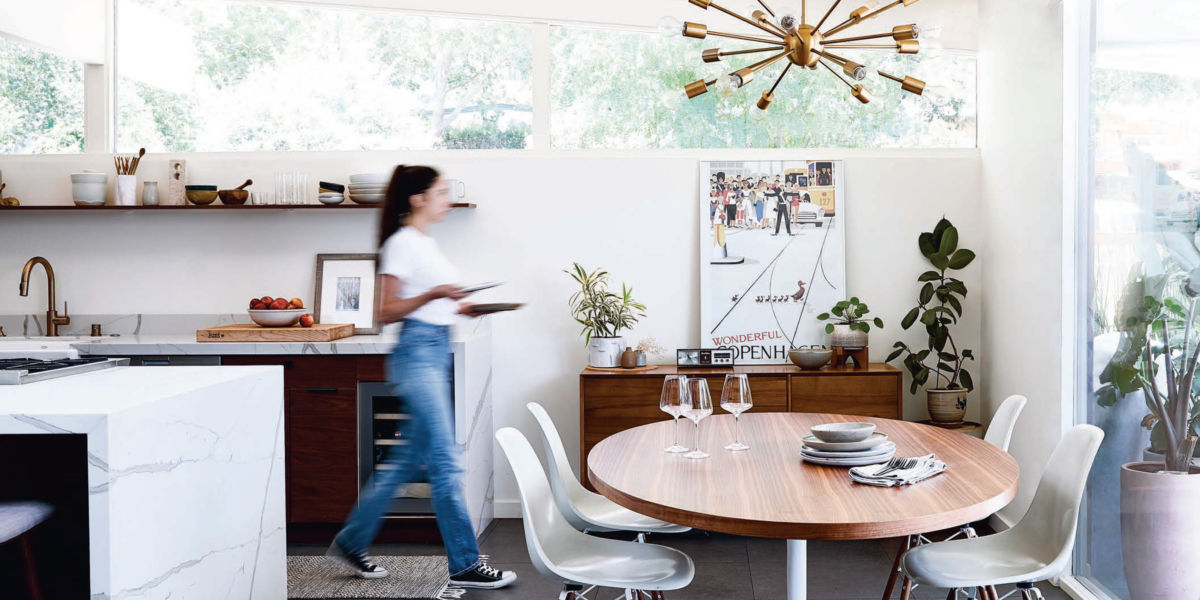
How to Pursue the Goal of a Zero-Waste Kitchen Without Losing Your Mind
How to shop, cook, clean, and eat well, according to Oakland-based sustainability expert Lily Cameron.

We only recommend things we love. If you buy something through our site, we might earn a commission.
We can all get behind the idea of wasting less and recycling more, but come garbage day our bins often overflow with trash, much of it destined for landfill.
Like many of us, Lily Cameron wanted to do better and set off on a path of reducing waste in her life. She and her husband now run the pioneering low-waste housewares shop Wild Minimalist in San Rafael, California. While we’ve all heard the stories of extreme paring-down that yields a single jar of waste in a year, that sort of sustainability is, well, not very sustainable. In her new book, Simply Sustainable: Moving Toward Plastic-Free, Low-Waste Living (Ten Speed Press; $25), Cameron lays out an achievable plan for wasting less and living cleaner. The trick is to start small but with the big culprit: plastic. Only 9 percent of plastic produced has ever been recycled. The remaining 91 percent ends up in landfill or leaching into our water as microplastics, which make their way into our bodies, the oceans, seafood, and soil.
While the book breaks down how to reduce waste throughout the home, here Cameron shares suggestions for how to set up a greener, cleaner kitchen. “The easiest way to reduce kitchen waste is to prevent it from even entering your home,” she writes. That means nixing anything that can’t be reused in near-perpetuity: plastic and paper bags, food that comes in boxes, tubes, or tubs, as well as sponges, paper towels, and plastic bottles of soap and detergent.
Lily Cameron’s Tips for Reducing Waste
Reprinted from Simply Sustainable: Moving Toward Plastic-Free, Low-Waste Living. Copyright © 2020 by Lily Cameron. Photographs copyright © 2020 Aubrie Pick. Published by Ten Speed Press, an imprint of Random House.
From the 2021 Gardening Issue
To read: Click on the right and left arrows at the edge of the box to turn pages; to make the text larger, click on the fullscreen icon in the lower-right corner (desktop) or in the center (mobile.)
Get one year of Sunset—and all kinds of bonuses—for just $24.95. Subscribe now!
